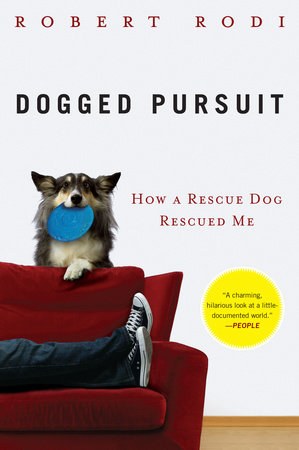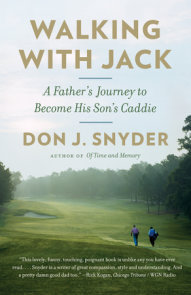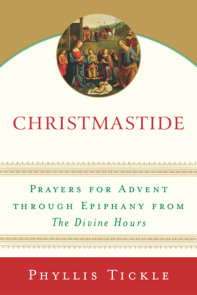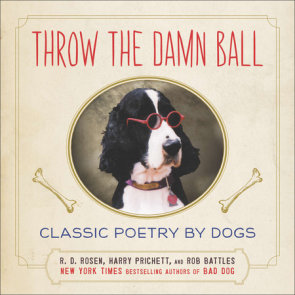READERS GUIDE
Questions and Topics for Discussion
INTRODUCTION
Combining an inside look at an engaging, colorful subculture, a classic fish-out-of-water story, and an examination of how a man and his dog can transform each other, Dogged Pursuit offers reading groups a range of topics for vibrant discussion. We hope that the following questions will aid you in exploring the major themes, incidents, and ideas that populate the book—and inspire you to uncover more of them on your own.
ABOUT ROBERT RODIRobert Rodi was born in Chicago in the conformist 1950s, grew up in the insurrectionist 1960s, came of age in the hedonist 1970s, and went to work in the elitist 1980s. This roller-coaster ride has left him with a distinct aversion to isms of any kind; it also left him with an ear for hypocrisy, cant, and platitudes that allowed him, in the 1990s, to become a much-lauded social satirist.
His first novel, Fag Hag, was published in 1991 and was swiftly translated into Italian, French, German, and Japanese. It was followed by Closet Case (1992), What They Did to Princess Paragon (1994), Drag Queen (1995), Kept Boy (1997), Bitch Goddess (2002), and When You Were Me (2007). His first nonfiction book, Dogged Pursuit: My Year of Competing Dusty, the World’s Least Likely Agility Dog was released by Hudson Street Press in 2009.
Robert’s shorter fiction can be found in a number of anthologies, including Men On Men 5, His, and Sandman: Book of Dreams. His novella Glad, Gladder, Gladys was serialized online at USAToday.com. His literary criticism has appeared in the pages of The Chicago Tribune, The Los Angeles Times, NewCity, and The Harvard Gay and Lesbian Review.
Robert is the creator of several comic-book series, including 4 Horsemen, Codename: Knockout, and The Crossovers. He was a founding member of the Chicago-based performance art troupe, The Pansy Kings, who were active throughout the 1990s, and he wrote sketches for the Live Bait Theater’s revues Junk Food and Dear Jackie: The Queen of Camelot Remembered.
Robert still lives in Chicago, in a century-old Queen Anne house with his partner Jeffrey Smith and a constantly shifting number of dogs.
DISCUSSION QUESTIONSThe story revolves around Robert Rodi’s adoption, training, and competing of Dusty, the world’s least likely agility dog. Dusty’s presence, as a result, pervades the book, though he never speaks a word. How, in the absence of dialogue, does Robert convey Dusty’s character and build him into a legitimate protagonist?Early in the book, Robert remarks that “only persons can have personalities;” he later changes his mind after speaking with his friend Andi. In your opinion, what is personality? (Robert describes it as “the set of reflexes, impulses, traits, and responses that differentiate one individual from all others.”) Can animals truly have it?At several points in the book Robert observes that Dusty’s behavioral problems exactly mirror his own, and he speculates that he has “infected” his dog with his bad attitude. Do you think Robert was right? Can pets “learn” surliness and orneriness from their humans? Have any of your animals ever reflected your personalities?As the book progresses, Robert unexpectedly finds himself becoming a member of a community formed by his agility training colleagues. How does Robert build the idea of this group of disparate characters as a functioning community, and how does his acceptance by them change him, and change Dusty? Discuss the communities that have been important in your own lives. (For instance, your reading group!)Throughout the book, Robert presents himself as someone who enjoys literature, classical music, fine cuisine, and Italian wines. Is Robert a snob? If so, does he change over the course of the book? If not, what is it about his character that saves him from snobbery?In Chapter 20, Robert draws a comparison between most agility competitors, who know a very great deal about their chosen culture, and himself, someone who possesses a smattering of knowledge about a great many things. Which of these best describes you? Which is your spouse, your best friend? And which, if either, is preferable?Robert begins with a strong desire for “glory,” and it’s this motivation that drives him for most of the book. How does his definition of the term change over the course of the narrative? Given that he doesn’t accomplish his original goal (to take Dusty to the national championships), do you consider him a failure? If not, what were his successes?Robert’s partner Jeffrey remains a background presence until the final chapters. What is Jeffrey’s role in the story? Did the sequence of unexpected events that bring Jeffrey into the foreground surprise you? Was this shake-up dramatically satisfying for you? If not, what would you rather have had happen?The book is clearly intended to be a celebration of canine agility and the people who compete in it. After reading it, do you feel that agility is something you might like to try? Or does it seem to you too strange, or cult-like, or silly?In Part Three, Robert tries out a number of unconventional ideas, including having Dusty “read” by an animal communicator, and submitting him to acupuncture therapy. Do these seem like valid choices to you, or was Robert being gullible, wasting his time and money?Do you think Robert will have any better luck with Harley, the dog he adopts at the end of the book? Or does it even matter? Is the point of training and competing alongside your dog unrelated to how well you actually do at tit? Has Robert learned anything? Have you?How does this book compare with other dog memoirs you’ve read? Would you recommend it to a friend who isn’t interested in dogs? Is there something universal in the story that anyone can appreciate, or is it strictly for pet lovers?




















